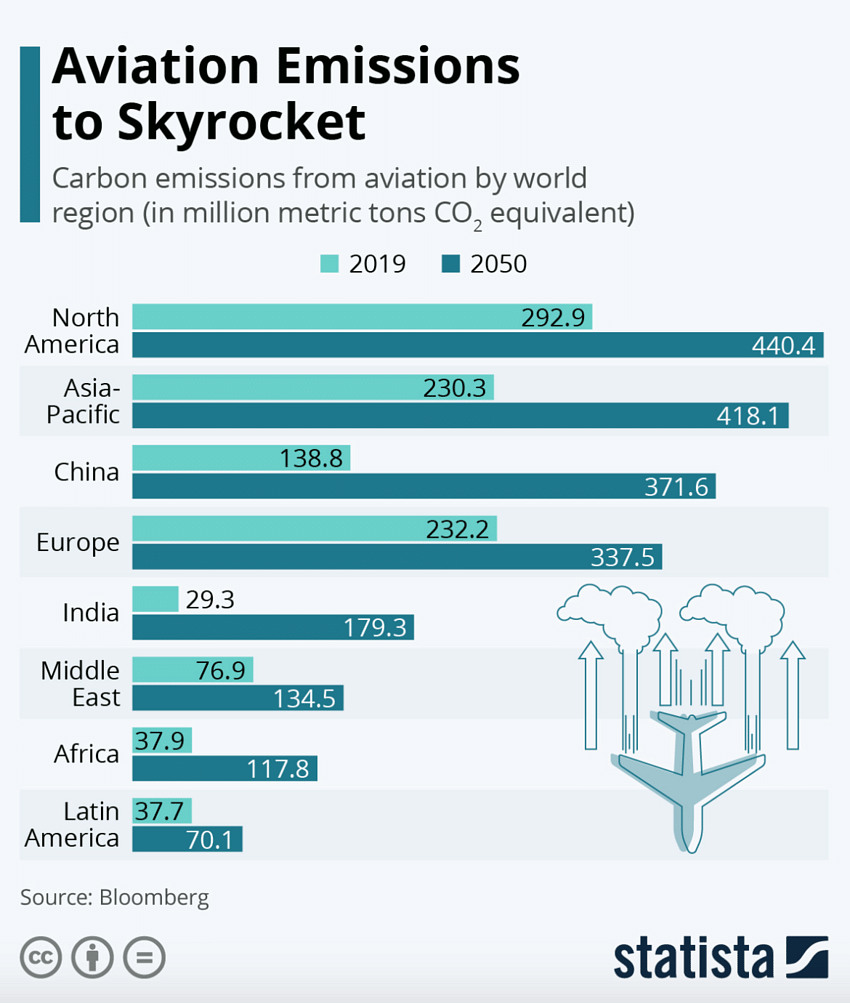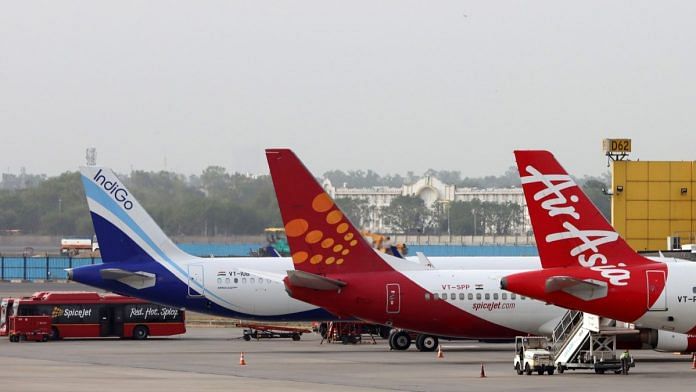The Covid-19 pandemic has brought global systemic challenges like climate change to the forefront. If not tackled in a timely manner, it will be the cause of greater disruptions than we have witnessed from the pandemic. Nation-states need to build resilience and continue raising awareness towards sustainable living to protect our ecosystems and our economies.
The humbling situation in India due to the pandemic has reinforced the need to critically examine the relationship between resilience and sustainable development in particular in the country’s megacities. India’s transition towards clean, affordable and renewable energy can better prepare the country to resist global shocks.
But the fifth-largest economy in the world has a far way to go. It relies on extensive energy consumption, which stands at 910 MToe – which in turn, translates to roughly a rise of 20% every five years since 1990. According to the International Energy Agency, India will experience the largest increase in energy demand through 2040 of any country in the world. Moreover, according to an air quality report by IQAir, 22 of the world’s 30 most polluted cities are in India. While India has succeeded in reducing its emissions to GDP growth ratio, it has not yet achieved a full decoupling, thus India needs to significantly accelerate its progress to date in delinking economic growth and environmental degradation.
The good news is that today, technology exists to convert garbage, used cooking oil or agriculture residues into valuable inputs that can be used, for instance, to make Sustainable Aviation Fuel (SAF) for airplanes the world over. Aviation emissions and waste are two major issues that will need to be resolved in the coming years, and SAF presents an opportunity to address them both.
Also read: Indian fuel companies don’t know when demand will pick up again
What is SAF – and why do we need it?
SAF is a cleaner fuel produced from sustainable feedstocks derived from various types of waste, by-products of agriculture, or power-to-liquid using hydrogen technology. From a similar molecular structure and chemical properties to traditional fossil jet fuel, SAF has the added advantage of being able to be dropped into existing aircraft systems without any technical change or investments. In fact, all aircraft today can handle the current maximum certified blend of 50% SAF – and more than 330 000 flights around the world have been powered by it.
SAF is for now two to five times more expensive than fossil fuel, but costs will come down with volume, and the transition to cleaner fuels would contribute substantially to solving climate change. SAF can be 100% less carbon-intensive over its life cycle compared to conventional fuels. The “Deploying Sustainable Aviation Fuels at Scale in India” Report is a Clean Skies for Tomorrow Publication, a result of The World Economic Forum driving a coalition of private and public organisations in India that have contributed analysis on technology pathways and feedstocks availability and sustainability for the ramp up of SAF production in India.
The report demonstrates that SAF is the most achievable and effective pathway to reducing aviation’s lifecycle emissions in the immediate future. It also proposes key methods, cost-sharing models, and economic and environmental benefits for accelerating the SAF industry in India, and shows how advancing this industry would have compound effects in the management of waste and prevention of crop burning from farmlands, the latter of which has become a huge contributor to the pollution levels in Indian cities that are far beyond safe limits.
How do we do it?
Also read: Ship orders slump 50% with owners unsure which less-polluting fuel to use
How to realise the benefits of SAF
First, infrastructure must be created to produce fuel from the raw materials of garbage, used cooking oil or agriculture residues. Secondly, a supply chain must be put in place to purchase residue from farmlands and household waste to provide fodder to various facilities to produce fuel.
This will benefit the management of household waste and promote recycling – as well as generate 120 000 jobs and enhance grassroots prosperity. In fact, the research demonstrates a 10% blend of SAF on all domestic flights would require almost 360,000 tonnes of SAF. That will accelerate significant macro-economic opportunity throughout the value chain, unlock market forces and drive green innovation.
As a starting point of 10% SAF blend, India can achieve cleaner skies with less-open air crop burning, create 120,000 new jobs and catalyse efficient waste management systems that will have significant societal benefits. It would also represent a leap towards self-reliance that would add $2.7-2.8 billion to India’s GDP by 2030.
Also read: Why India’s big fuel retailers are focusing on rural revival
How India can lead the way
The aviation industry has been hit hard by COVID-19, but the sector has started to recover – at least domestically. In the coming years, India’s aviation sector is expected to grow in double digits, and pandemic aside is still likely to expand to become the third-largest air passenger market by 2030. Given the expected growth in domestic travel, decarbonising the aviation sector is essential for India to remain committed to its Nationally Determined Contributions (NDC).

The 2015 Paris Agreement excluded the international aviation sector due to difficulties of attributing emissions from complex international supply chains to individual countries. As a result, the International Civil Aviation Organization member states designed the Carbon Offsetting and Reduction Scheme for International Aviation (CORSIA) with an initial target of achieving carbon-neutral growth for the sector from 2020. While over 88 states have agreed to pilot the CORSIA scheme from 2021 – 2023, India is currently working with its own national targets for the aviation sector to remain compliant with its NDCs and move towards carbon-neutral flying.
To achieve its target and become the global leader in low-carbon aviation fuel, India must develop a robust roadmap to examine low-carbon solutions for aviation.
The aviation sector is among the most organised sectors globally, with strong public-private cooperation. Developing countries such as India are expected to gain immensely from strategically deploying sustainable aviation fuel early on.
However, if India doesn’t take the first-mover advantage in the utilisation of SAF, India’s growing domestic aviation volume inevitably will diminish compliance with its climate change commitments. Support from the government by way of aviation-related and climate-conscious policies and incentives would accelerate efforts to make India net-zero in aviation by 2050.
Also read: Why India should join the race to net zero emissions
The path forward
The Indian National Policy of Biofuels has been very clear in supporting feedstocks that do not conflict with food supply, ensuring land use concerns are accounted for. Fostering a SAF industry would not only reduce emissions in aviation, but it would also combat air pollution from crop burning, create numerous green jobs, improve farmers’ incomes and help solve waste management issues.
Turning waste into fuel is critical to combatting climate change. In each case, a critical life cycle analysis (LCA) of feedstock and production pathways should be undertaken. Technologies should be evaluated both on LCA and economic logic to ensure as level a playing field as possible, including factors such as land-use change and biodiversity implications.
This will avoid the recurrence of legacy issues such as those seen in the early, unsustainable overproduction of palm oil for biofuels, or of widespread Jatropha planting even in agro-climatic zones that were not appropriate for this tree species. Instead, native oil-bearing trees and locally adapted short gestation crops can be encouraged to strengthen and diversify supply chains in a sustainable manner.
The transition from our reliance on fossil fuels will not be easy – with decisions and compromises that will challenge the path in the beginning like many transitions made before this one. But commitment to net-zero transition campaigns is growing globally, and companies are making bold commitments to climate action. It is essential therefor for governments and policymakers to harness this private sector momentum and put us on a pathway to achieve emissions reductions across the supply chain – bringing fuel suppliers, airlines, airports and distributors along– to make aviation sustainable.
Christoph Wolff is Head of Shaping the Future of Mobility, World Economic Forum (WEF); Lauren Uppink is Head of Aviation, Travel and Tourism, WEF; Sonum Gayatri Malhotra is with Clean Skies India, Shaping the Future of Mobility, WEF. Views are personal.
This article was first published by the World Economic Forum.






